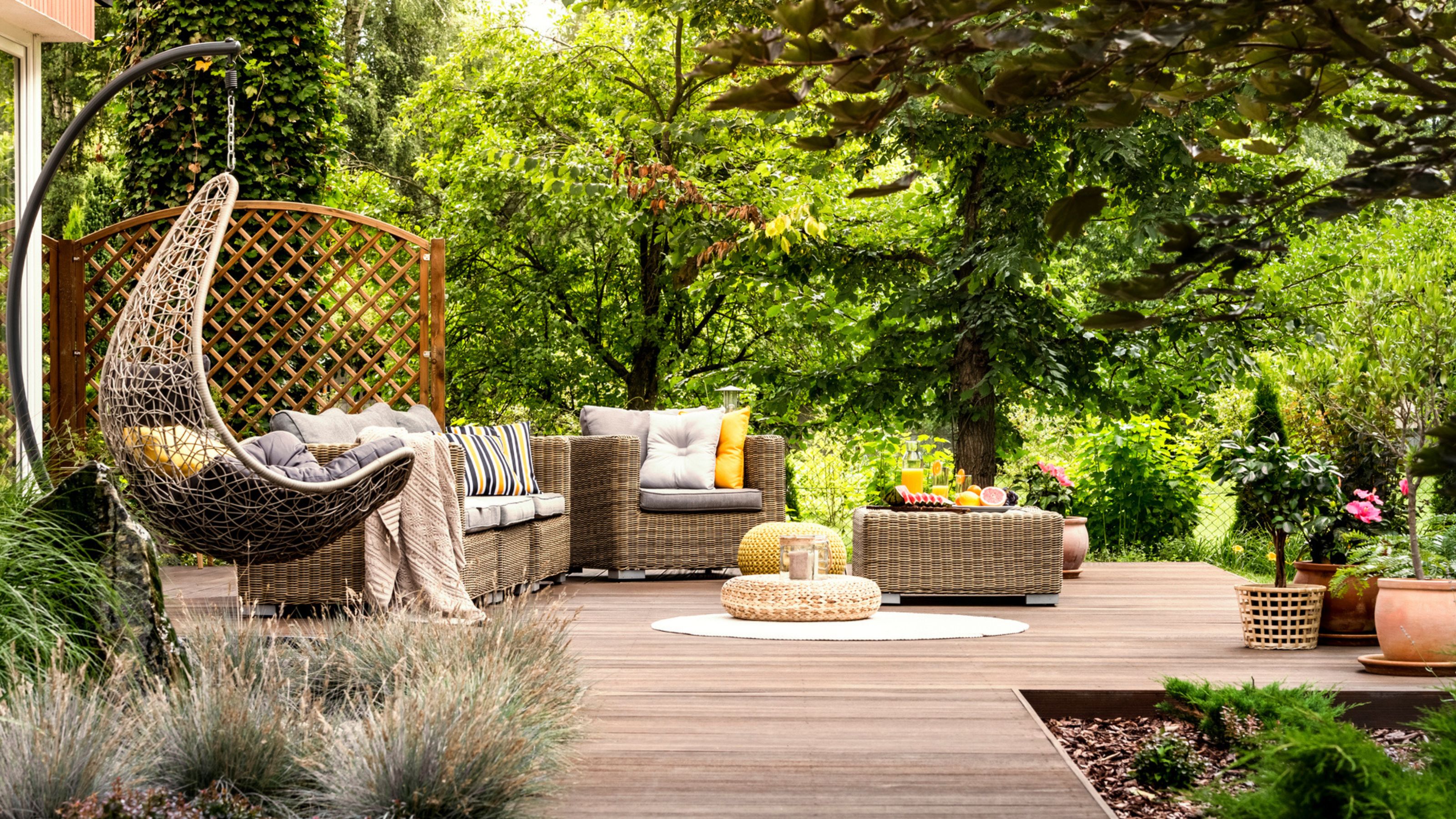
You might be wondering what patio privacy mistakes you should avoid if you feel like you're still getting prying eyes while lounging in your yard.
We've asked landscaping experts about the errors they've seen while working on clients' outdoor spaces, what to avoid, and how to fix them. Poor positioning, using tall fences, and even planting identical shrubs are just a few they've seen over the years and pick out as key errors in patio privacy planning.
If you're looking for patio privacy ideas, knowing what to swerve is just as important as finding out what you should bring in.
Swerve these 7 patio privacy mistakes
When looking for backyard privacy ideas, tailoring to the specific kind of yard you have will help you create a space that works for you properly.
Our pros have recommended specific shrubs and privacy buys throughout, which we have shopped throughout, as well as pulling together a patio privacy mistake fixes edit in case you want to get straight to solutions.
The prices below were correct at the time of publishing this article.
1. Choosing tall fences
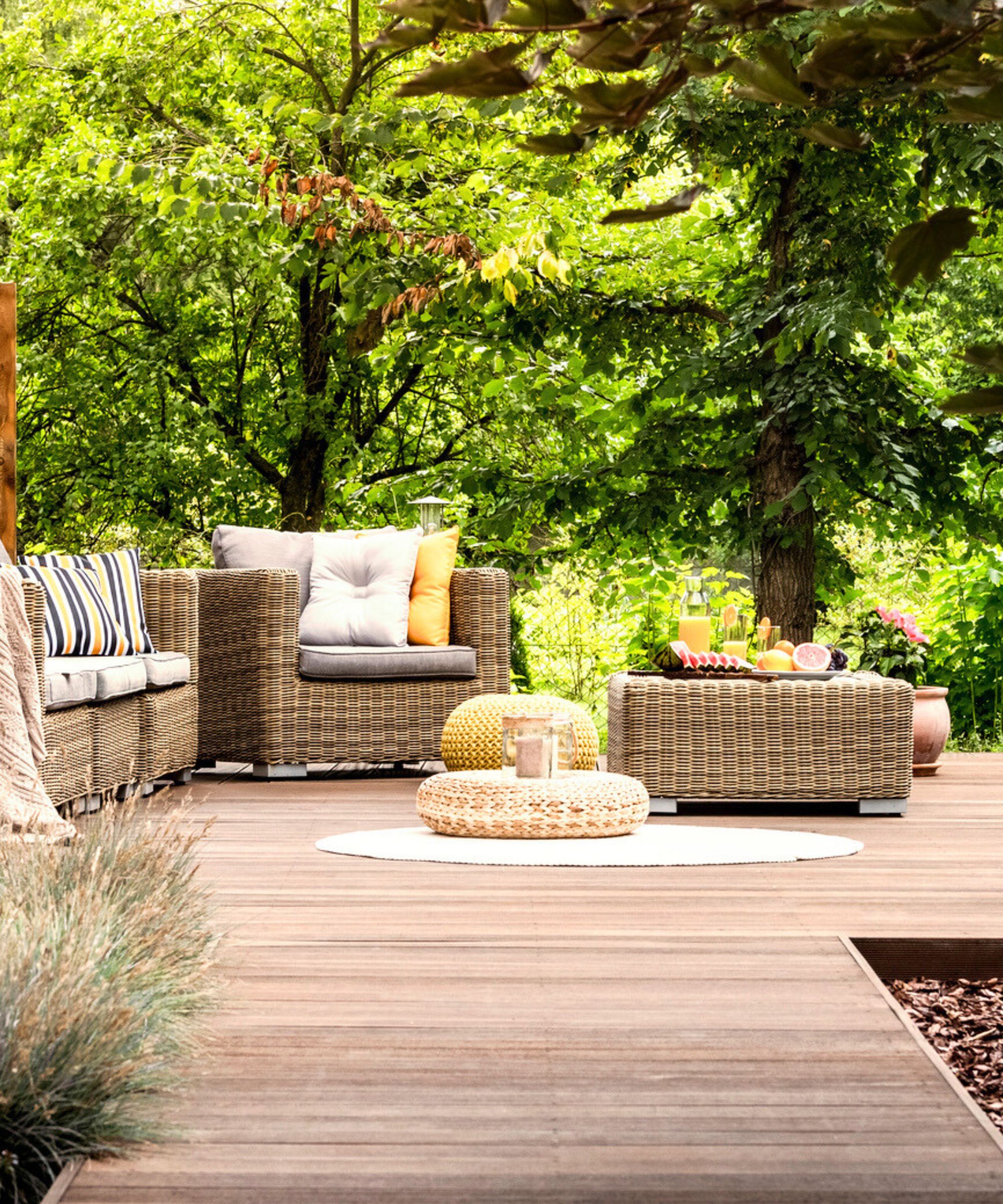
While fence ideas might seem like the obvious choice for patio privacy, they can actually be a big mistake.
"Tall fences can create a boxed-in, uninviting atmosphere,” says Steve Sylva, landscaping expert and founder of Steve’s Services. "Instead, I recommend incorporating natural elements like strategically placed trees, shrubs, and hedges."
These not only provide better aesthetics, but also blend seamlessly with the natural environment, offering privacy without feeling constrictive.
"Native plants are particularly effective as they require less maintenance and are more sustainable," Steve adds.
2. Picking fast-growing privacy plants
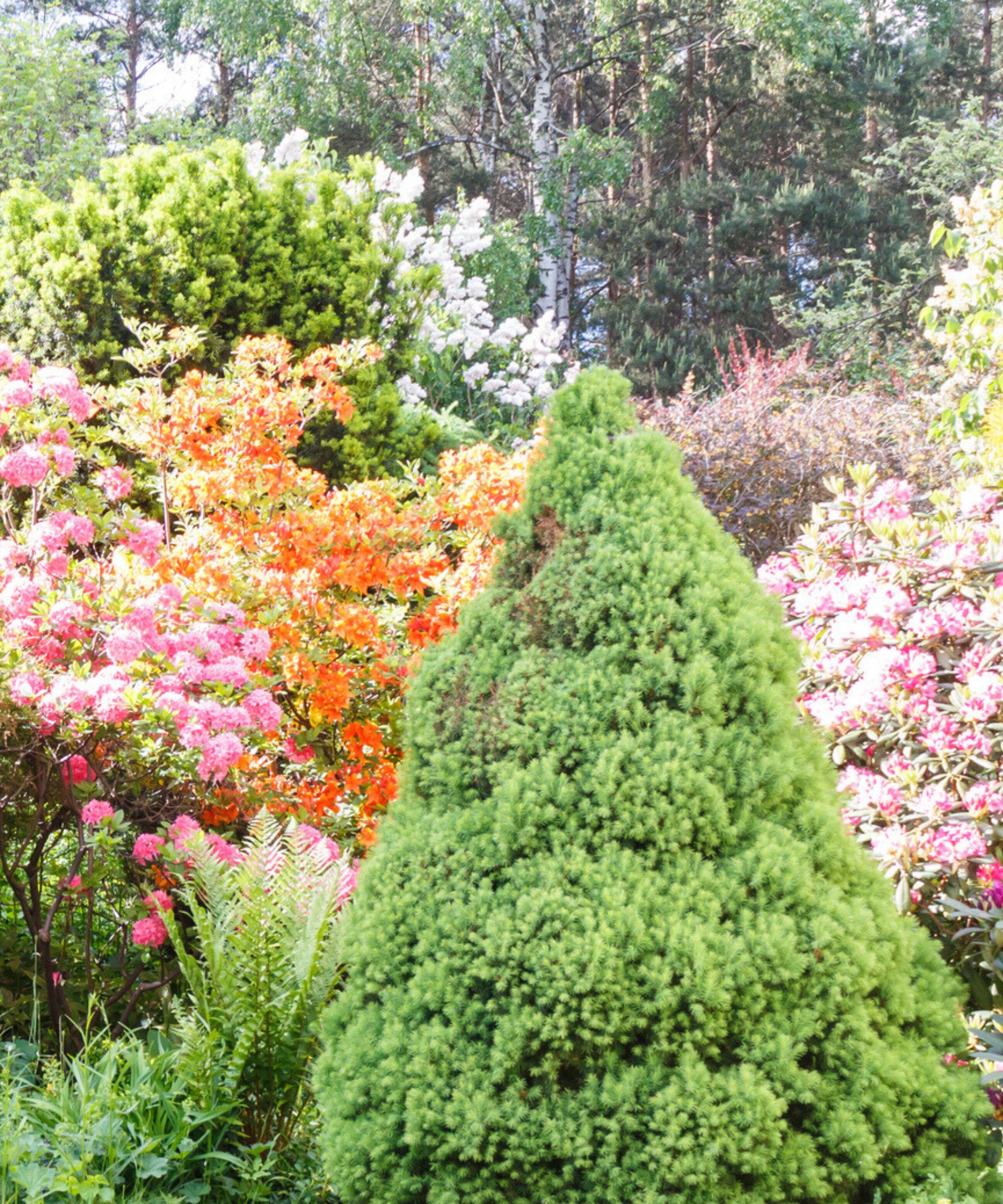
So, you’ve gone for natural privacy screen ideas. You’ve picked speedy plants and left them to do their thing. Unfortunately, these can get a little too lively, so you might have ended up with more than you bargained for.
“Clients often opt for fast-growing privacy plants that are unsuitable, leading to inconsistent coverage and high maintenance,” says Steve Schumacher, landscaping expert and founder of Boston Landscape Co.
Instead, Steve recommends a mix of evergreens like the low-maintenance Flowerwood Emerald Green Arborvitae from Walmart and ornamental grasses, which offer year-round privacy with minimal upkeep.
“For instance, in a recent project we utilized a combination of arborvitae and dwarf fountain grass
to create a dense, attractive screen,” he explains.
3. Not thinking about seasonality
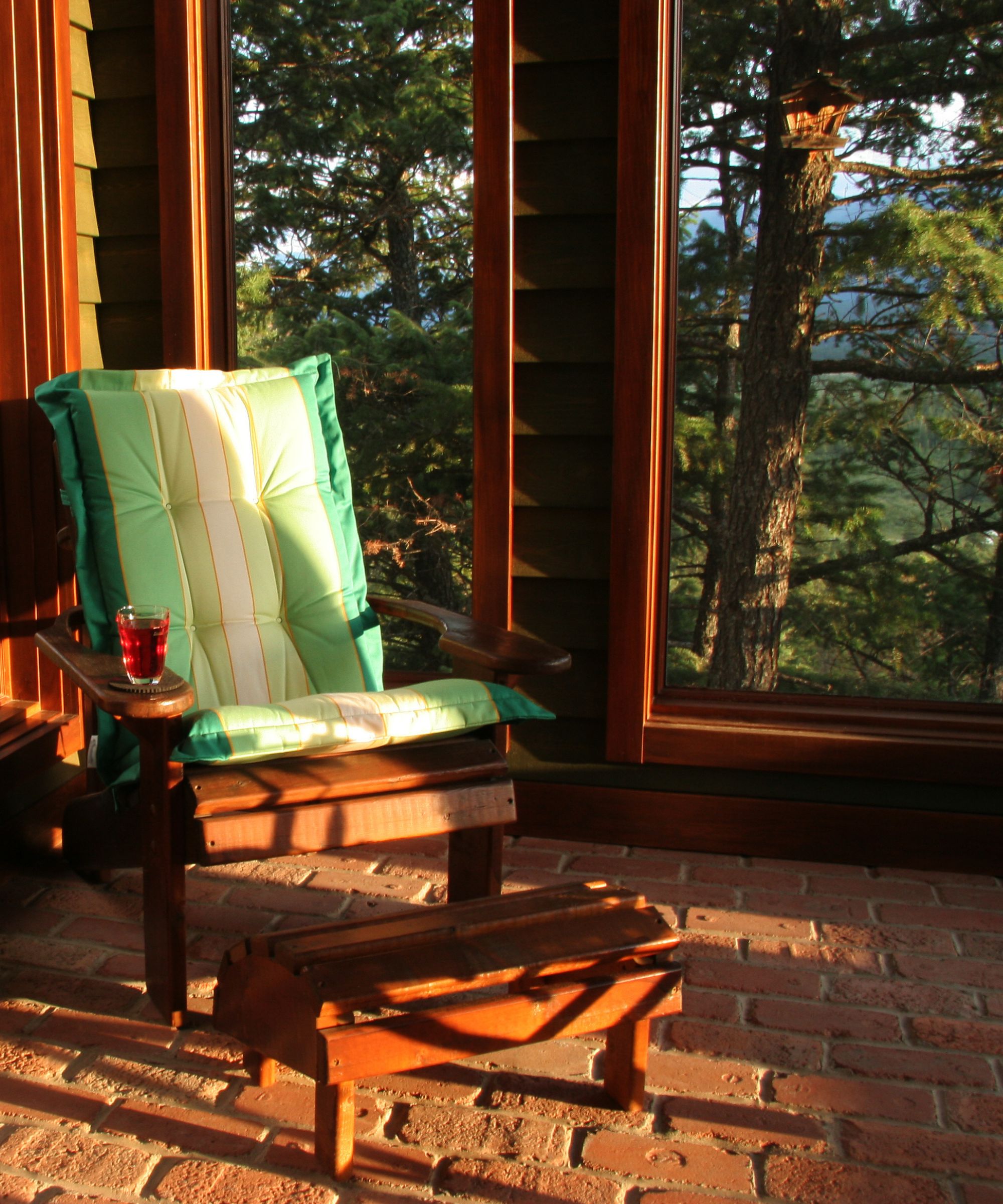
One of the biggest patio privacy mistakes you can make is planting ‘aesthetic’ trees, but forgetting how they’ll look throughout the seasons.
“I’ve worked on projects where clients focused solely on summer and spring, leaving their patios exposed in fall and winter,” explains Steve.
“Incorporating evergreens into your design offers year-round coverage,” he continues.
For instance, Steve says arborvitae and cedar trees are excellent choices that offer dense foliage throughout the year.
Real cedar trees can be pricey, so if you're on a budget you could always go for faux ones such as the Dr. Planzen Artificial Cedar Trees from Walmart which offer UV protection and are ultra-sturdy.
4. Choosing just one plant type
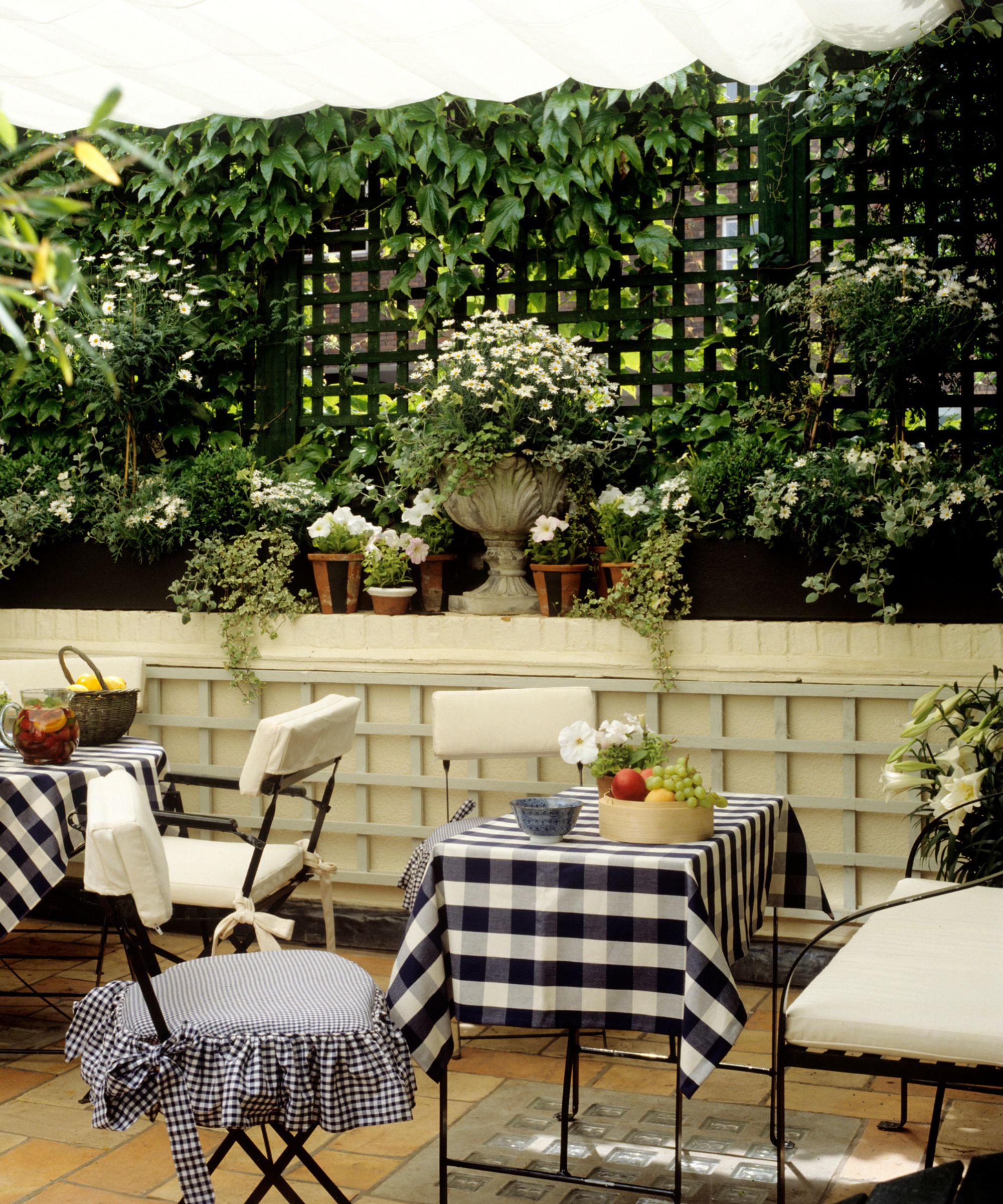
It’s easy to fall into the trap of bulk-buying the same plant and thinking it’ll be enough to cover the area. However, this is a major patio privacy mistake.
“Simply planting a row of identical shrubs might not provide enough coverage or aesthetic appeal,” explains Sal Musto, landscaping expert and founder of SalCorp Landscaping & Construction.
He suggests incorporating a mix of tall grasses, evergreen trees, and climbing vines on trellises to ensure a dense, year-round screen.
You can even go for elegant Bridgerton design vibes with metal trellises, such as the Sunnydaze Garden Trellis from Walmart which is made from power-coated wire, is supportive, and comes with a one-year warranty.
5. Underutilizing vertical space
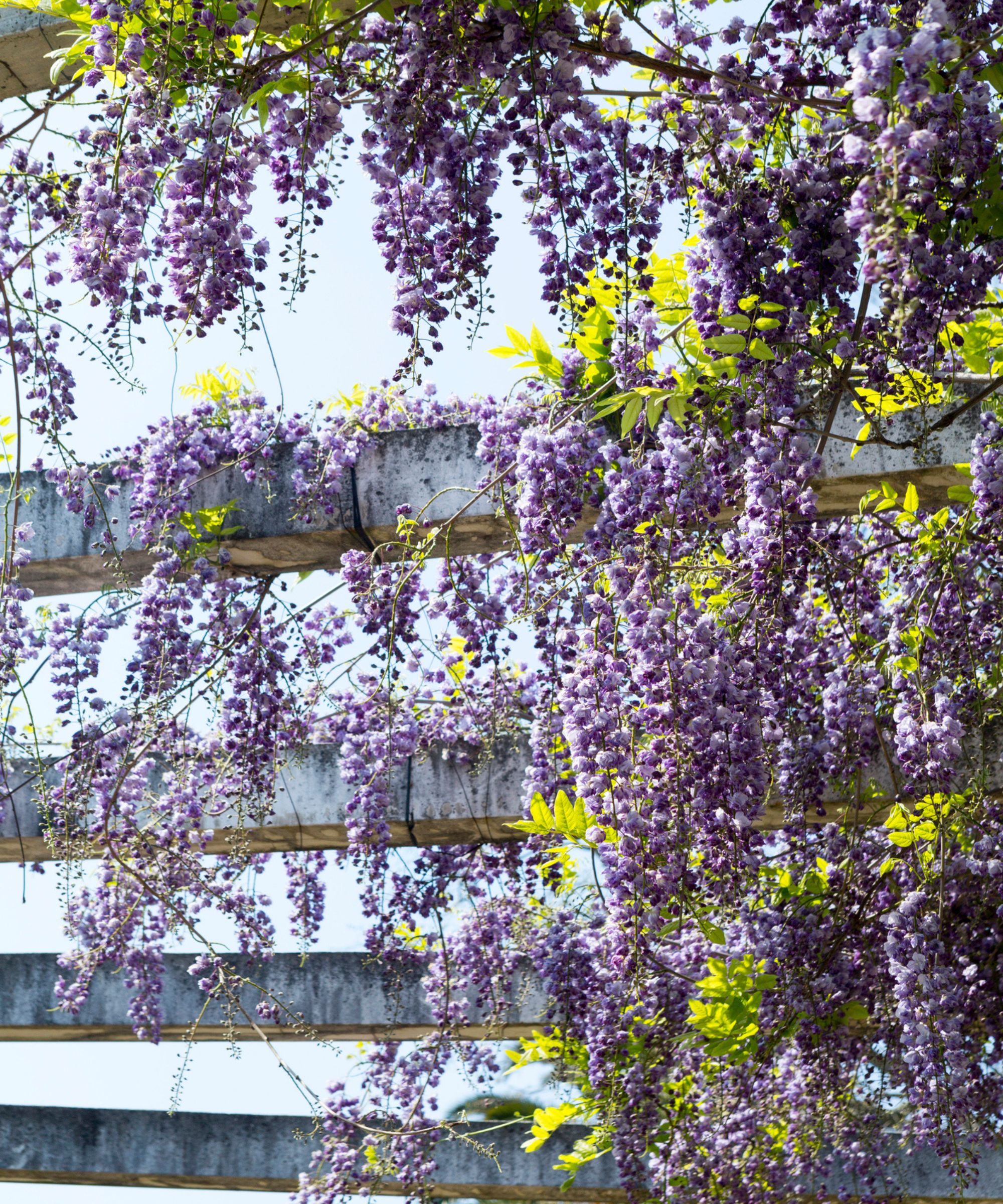
Even though fences are a common go-to, you can make the most of the vertical space you have by enhancing these further by integrating trellises.
“In a recent project, we installed trellises with climbing hydrangea and wisteria, which not only provided a lush, green barrier but also added seasonal blooms that increased the patio’s aesthetic value,” explains Steve Schumacher.
If you want to grow your own wisteria, the Perfect Plants Wisteria from Amazon is cold-hardy, grows in USA zones 5-9, and flowers during late spring and early summer.
This approach maximizes space and provides natural beauty alongside functional privacy.
6. Using low quality materials
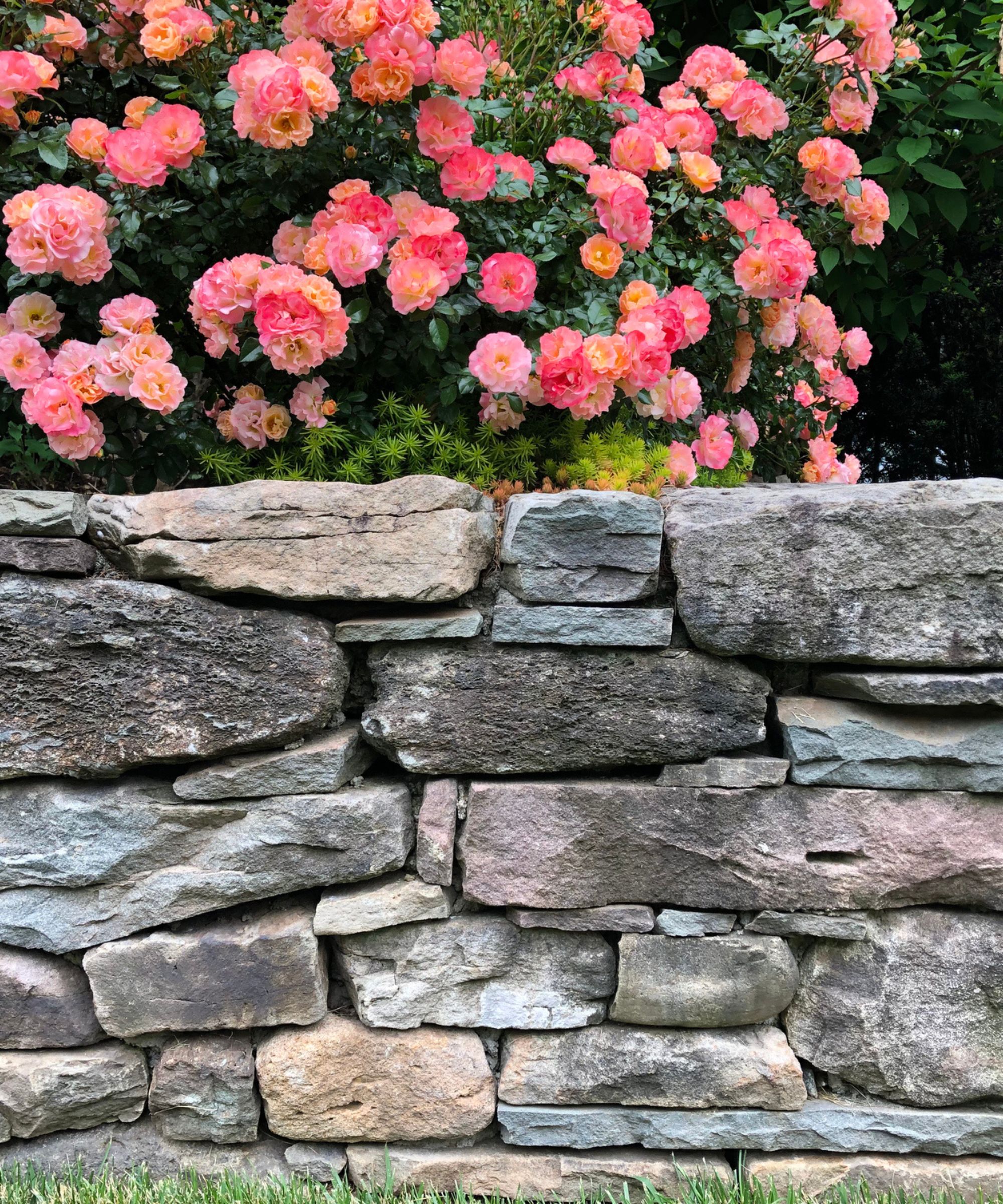
Even if you’re looking for budget backyard ideas, if you’re planning on staying in your home long-term, it’s a good idea not to scrimp on the cost of materials.
Steve Schumacher says, “Using low-quality materials or inconsistent designs can undermine privacy efforts and increase maintenance.”
“We recently constructed a privacy wall using natural stone during a project in Newton, which complemented the existing landscape while providing a robust and long-lasting barrier,” he explains.
High-quality materials like this not only ensure durability but also blend seamlessly with the environment. That’s a win-win in our books. Our guide on the best materials for outdoor items provides great expert insight into the best metals and woods to go for.
7. Incorrectly positioning fences and plants
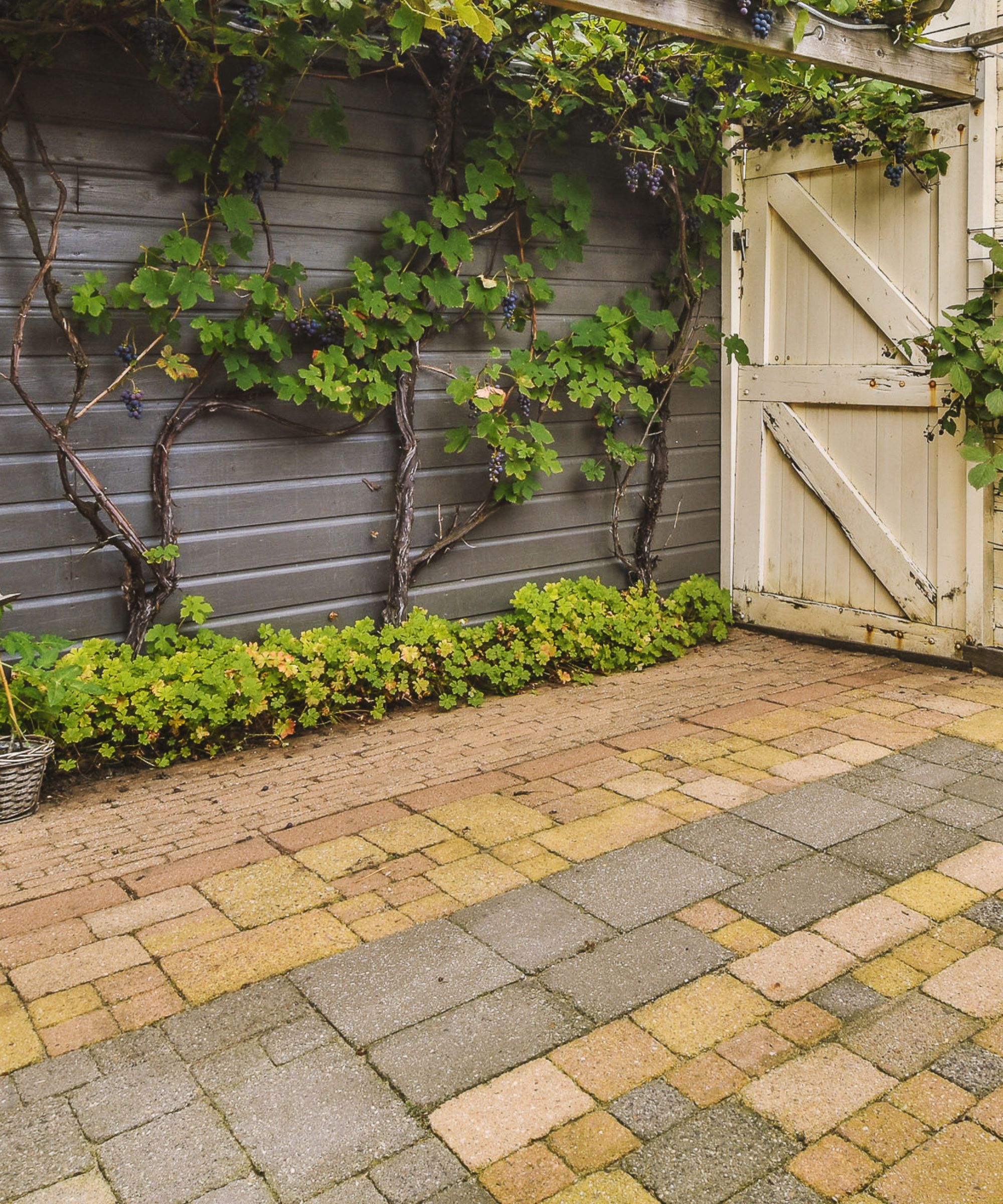
If you’re going to do a job, you want to do it properly, right? Incorrectly positioning fences or plants can lead to gaps that defeat the purpose, which is a huge patio privacy mistake.
“Strategic placement is key — ensuring structures follow the natural contour of your landscape and layering elements at different heights will create visual interest and effective coverage,” explains Sal.
“In the past, we’ve combined retaining walls with decorative stone and layers of shrubbery to fashion a private, yet aesthetically pleasing patio space,” he says.
Proper planning and professional advice can truly transform a neglected area into a secluded sanctuary. Start your journey by learning how to choose plants for your garden.
Shop patio privacy mistake fixes
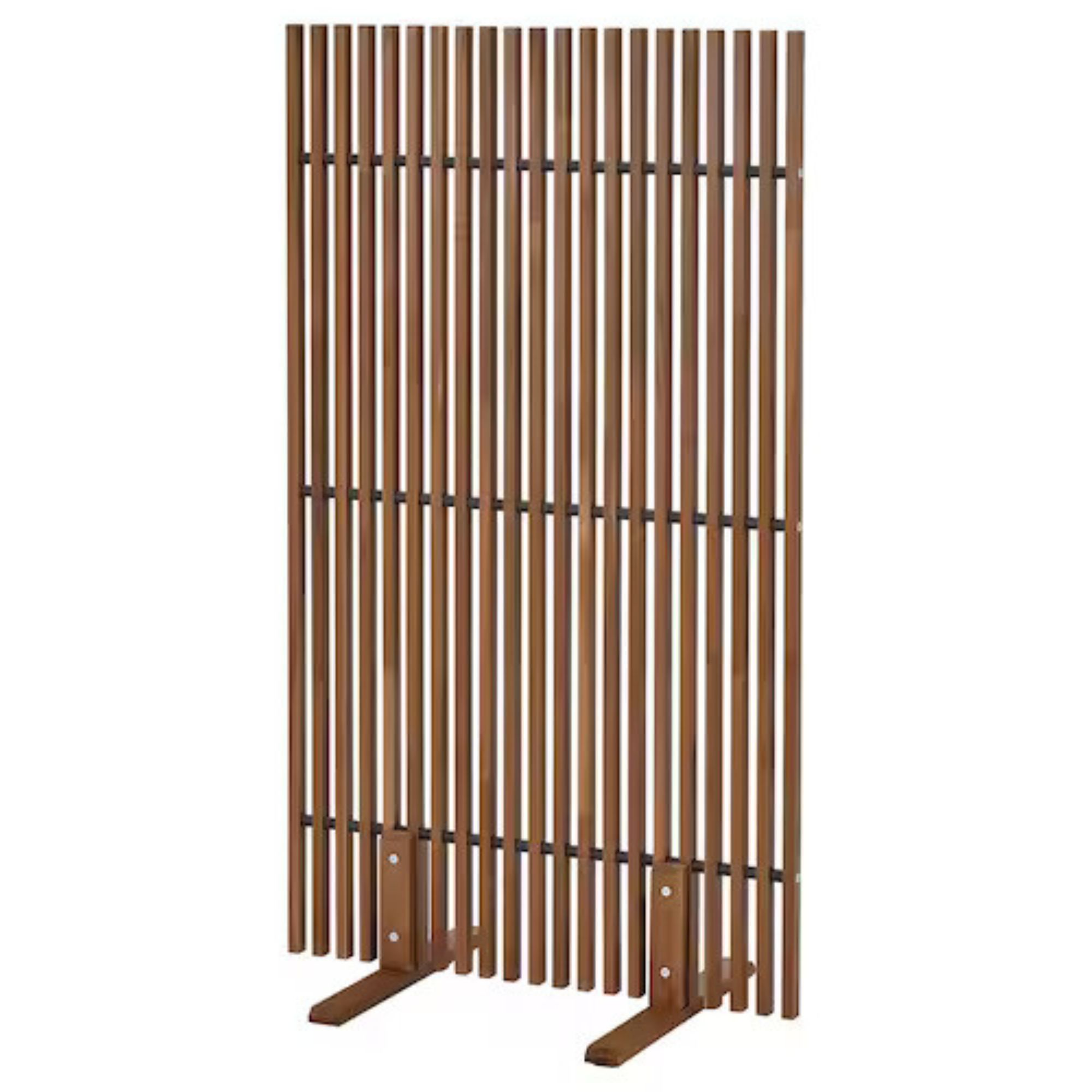
Size (in.): H55.13 x H31.5 x D19.63
Made from: Wood
Price: $95
This privacy screen can be used by itself or as a base for climbing plants. I like the fact this Scandi-style screen allows in light while still offering seclusion, so you can top up your tan in peace. While IKEA shoppers say it takes a little time to assemble, they say it's completely worth it as it looks brilliant when built.

Size (ft.): Grows up to H1-2
Made from: Natural materials
Price: $41.60 for two
If you have a smaller patio and are looking for plants that will quickly add volume and privacy, ferns are a fabulous choice. They grow best in bright, indirect sunlight, which makes them perfect for those looking for balcony privacy ideas. These also come with hanging hooks, so if you have space outside, you can hook them up onto panels or even on pergolas.
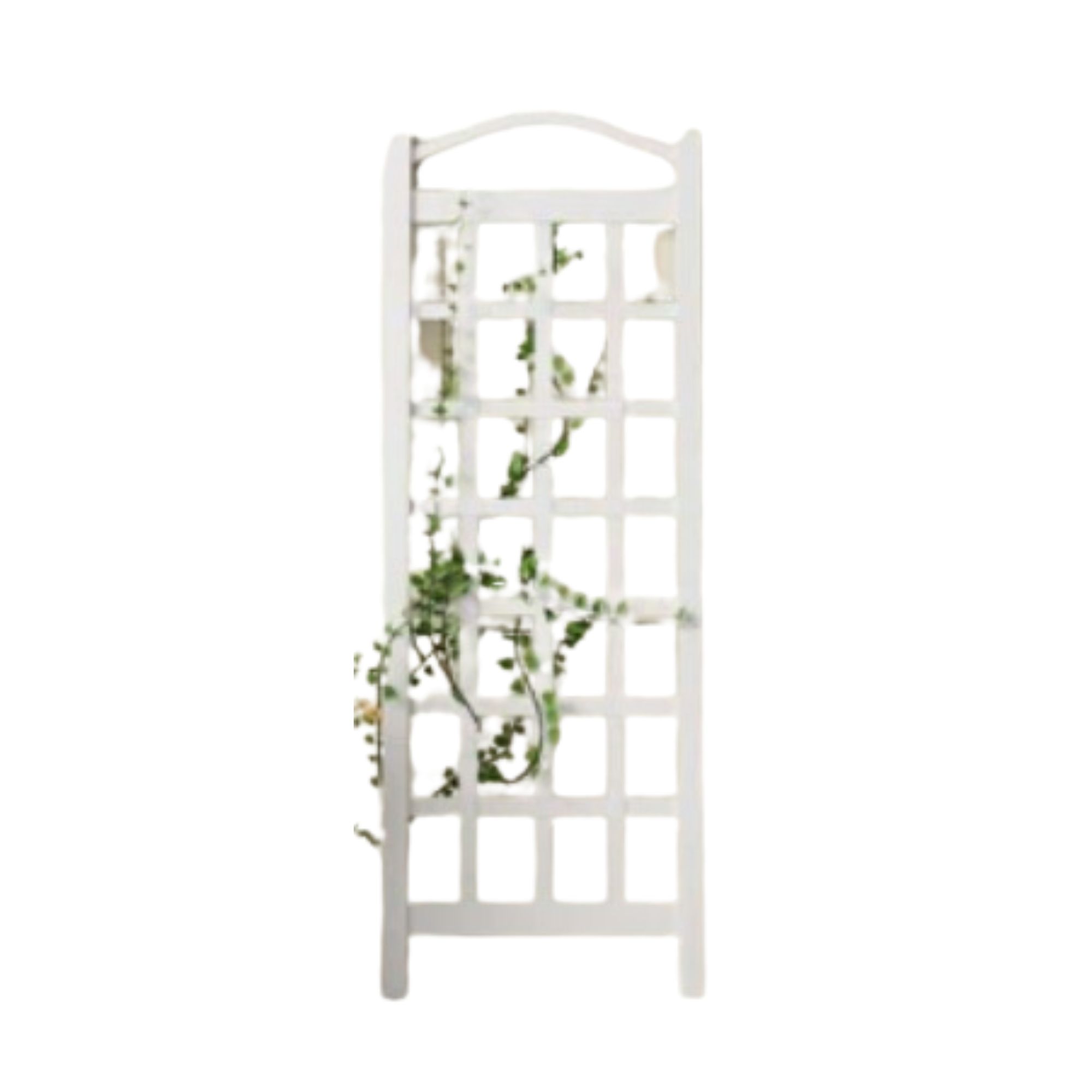
Size (in.): H76 x W28 x D2
Made from: Vinyl
Price: $55.99
Extend your fence and make the most of vertical space by installing a tall trellis like this sleek and stylish one from Wayfair, which resists UV rays and fading while providing a sturdy structure for plants. Wayfair shoppers say assembly is super quick and doesn't require any glue. The result? A sleek trellis that only needs to be hosed down to keep clean and fresh.
By remembering these patio privacy mistakes, you can create a relaxing place that’s both chic and covered.
“Just don’t be afraid to mix and match different ideas — doing this will help you create a stylish backyard area that’s truly private,” Steve Sylva finishes by saying.
If you want to carry on searching for seclusion tips, learning how to enclose your apartment balcony might come in useful for those with smaller spaces.







